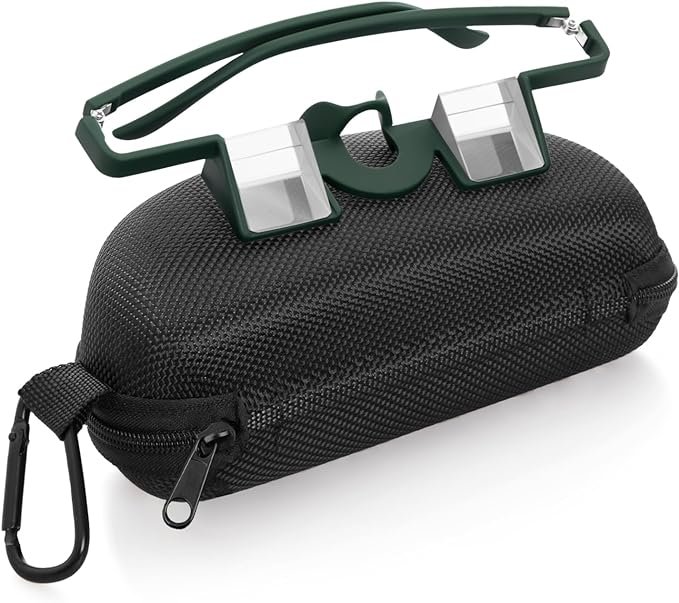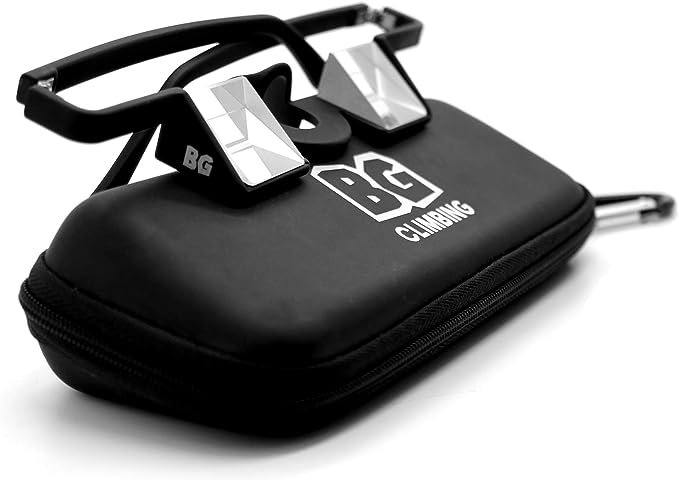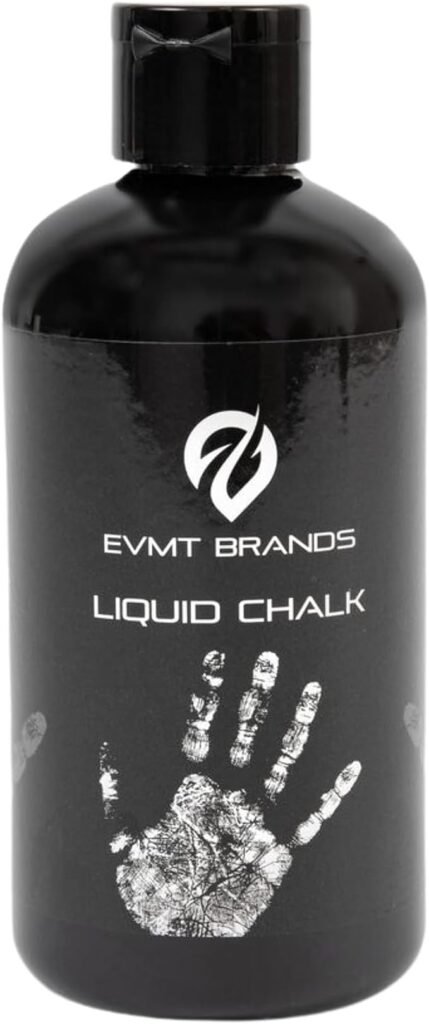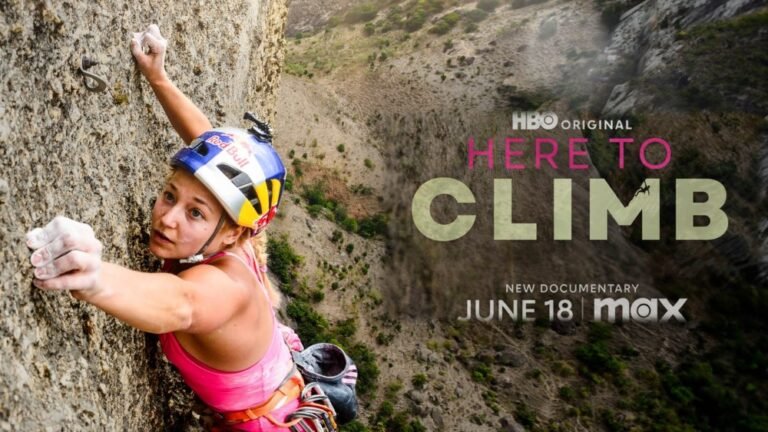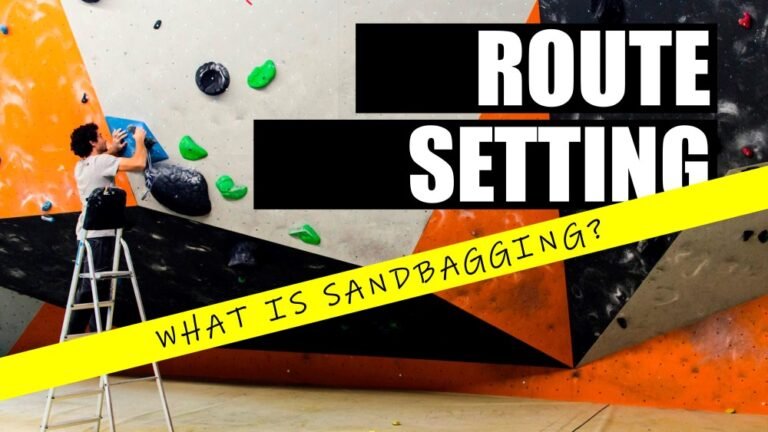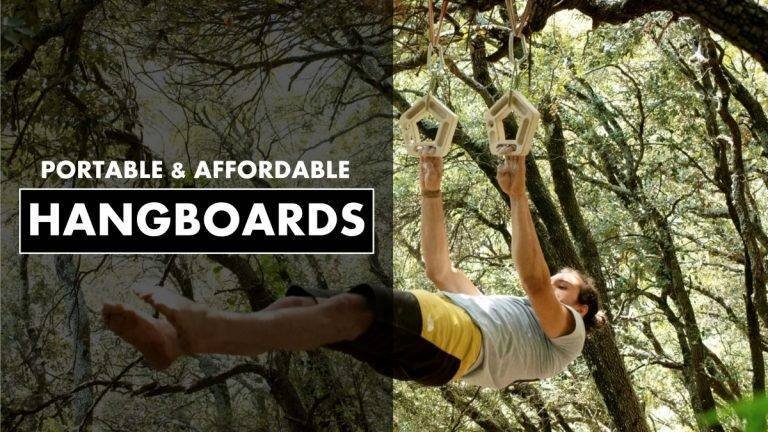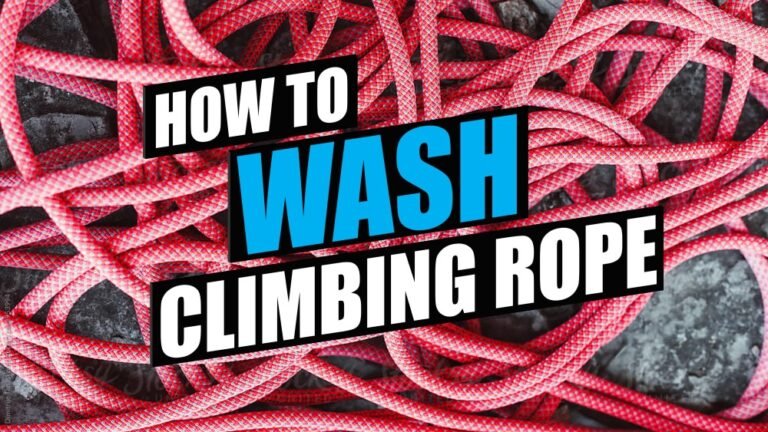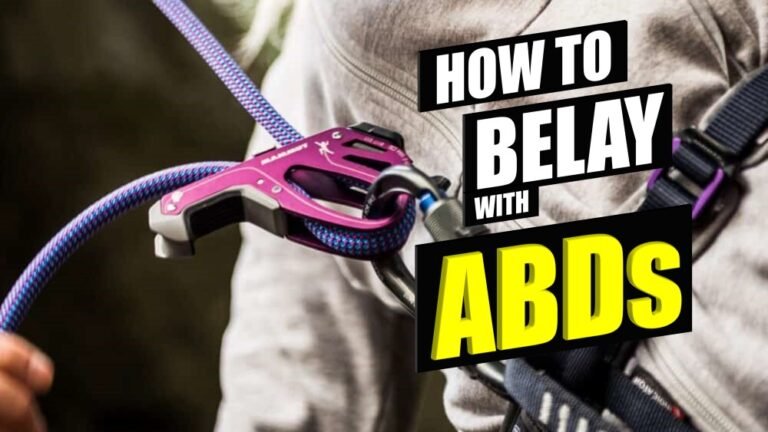Top 10 rock climbing etiquette you need to know
To those of you who just started climbing. What are good climbing etiquettes? If you have never asked this question before or even think about it. Then you might be one of those annoying climbers that others frown upon 🤣.
Climbing is a social activity so you and your friends are not the only climbers at the crag. If you have no idea what good climbing etiquettes are, here’s what you should know before your next climb.
1 – Do not lane hog


There is a reason why this is first on this rock-climbing etiquette list. Lane hogging is the worst. If you are working on a hard route where no one is trying well, hog as long as you want. However, if you are projecting a popular route which most climbers do for warm-up then you should stop after a couple of failed attempts.
Come down, rest, and do it again later. This way other climbers can have a go. Resting on the rope and holding up the queue is very inconsiderate. Yes, the other climbers know you are not strong enough. They are happy to be patient but just not for too long. This applies to both gym and outdoor crag.
A piece of advice for not hogging lane… Get stronger.
2 – Do not set up a top rope on a fixed gear
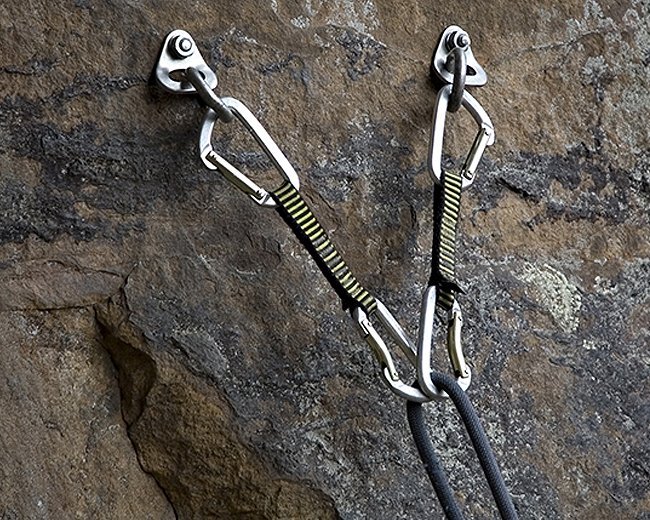

If you need to set up a top rope on an outdoor route to work on your project or for others to climb. You should always set up the top rope using your carabiners at the anchor. Why you should not set up a top rope by treading your rope through the fixed gear at the anchor is to minimize the wear and tear of the fixed gear. Imagine every climber climbs top rope on a fixed anchor. Over time abrasion of the rope will wear out the anchor. This can be dangerous for others climbing the route in the future.
3 – Put up your gears


If you are working on a project, you should be the one putting up the gears. If draws are already on the wall and the owner of the draws lets you use them then great, lucky you. However, if you drag a friend down to the crag, have him or her put up draws for you to work on your project and help you clean the draws afterwards. Maybe you should pick an easier project or get strong enough to put up and clean the draws yourself.
4 – Keep your beta to yourself
Seeing someone struggling on the crux you breeze through gives you the urge to share your beta with the climber. Unfortunately, not all climbers are grateful for your good intentions. Climbers are a unique bunch, not every climber wants help especially if he or she is on an onsight attempt or wants to figure out the crux on their own. Hence, it is best to keep your beta to yourself.
10 types of climbers. Which one are you
5 – Share beta only if you are beta-worthy
There will be a time when a climber is stuck at the crux and wants beta. If you are an experienced climber or have finished the route then it is good that you share your beta. However, if you are an armchair climber or hadn’t climbed the route before maybe you shouldn’t be sharing any beta because you wouldn’t have any in the first place. Giving bad beta is worse than giving no beta.
6 – Chipping holds


Some routes are so hard that you can’t even start. Yes, some routes have so heinous start moves, which makes clipping into the first draw insanely dangerous.
Some may think that chipping a couple of holds to make the route easier to start is good as it allows more climbers to try the route with less risk of falling. That will depend on what kind of climber you are. Depending on how you look at it there is no right or wrong. One can have good intentions based on a safety perspective. But by chipping holds to an extent you’ll alter the intent of the route. That is very much frowned upon by the climbers.
If you find the route too dangerous maybe your risk appetite is too low then you should try something else. Never chip holds on a natural crag.
7 – Clear up your rubbish


Climbing outdoors is great fun. Clear blue sky, fresh air, wide spaces, and trash… Imagine disposable cups, food wrappers, and napkins litter all over the crag. I suppose that is not a sight you want to see when you go to your favourite crag. So please clear all your trash. Yes, all even those that are biodegradable like orange peels or peanut shells. Always keep the crag the way you’d like it to be.
8 – Keep your eyes on the climber
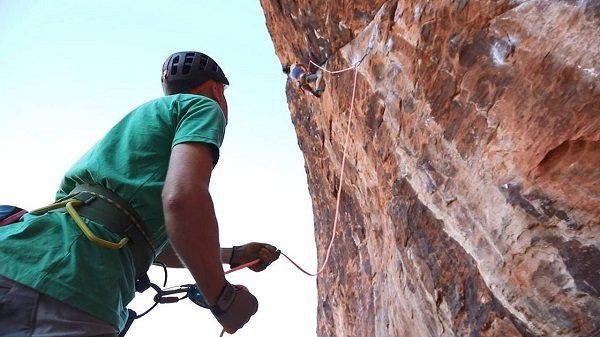

This is very common at the crag. Long route and the climber is taking a long time on the wall. It is only natural for a belayer to get bored and easily distracted. You’ll see belayers checking out other routes or talking to other belayers when their climber is still on the wall.
Always pay attention to your climber when belaying. Maybe you don’t need to be looking at the climber the whole time but you’ll need to be alert and attend to your climber’s request promptly.
9 – Be mindful when chalking


It is easy to get sweaty palms when climbing in a humid environment and using chalk is a must. However, if you tend to use more chalk than is necessary. Or you like to chalk holds with a shit load of chalk when you climb. Please have the courtesy to brush off the slimy concoction of sweat and chalk from the holds after you are done with the route.
10. No climbing barefooted


Climbing barefoot is like having your smelly toes in the next climber’s hand. The footholds your bare foot stands on will be the next climber’s handholds. So keep that in mind when you are about to climb barefoot.
These are some of the most common rock climbing etiquette climbers should observe. If you have other pet peeves regarding weird rock climbing etiquette that annoys you please share with us in the comment section below.


